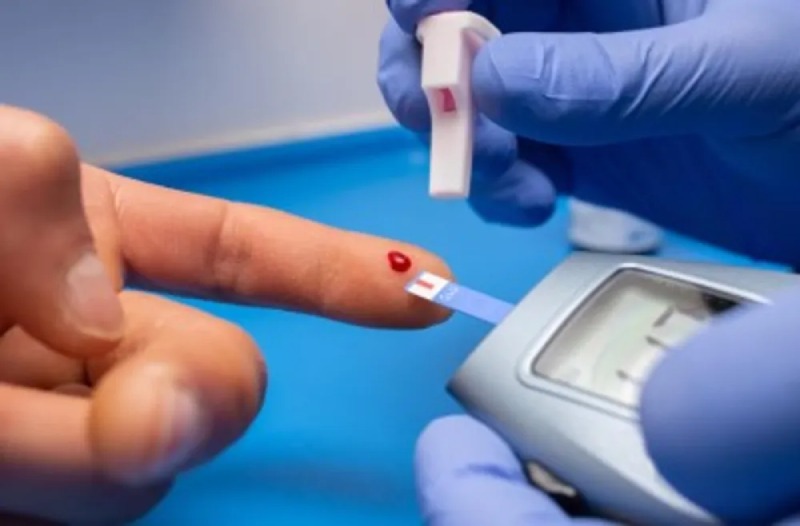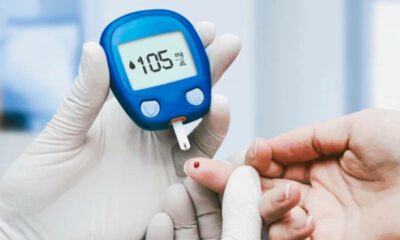Diabetology
Spotting the Warning Signs: Are You at Risk for Prediabetes?
-

 Diabetology2 weeks ago
Diabetology2 weeks agoHow to Recognize Early Signs of Insulin Resistance in Your Health Journey
-

 Diabetology2 weeks ago
Diabetology2 weeks agoFasting Blood Sugar: Why It Matters for Your Health
-

 Diabetology2 weeks ago
Diabetology2 weeks agoYoga for Glycemic Control: How Gentle Movement Balances Blood Sugar Naturally
-

 Diabetology2 weeks ago
Diabetology2 weeks agoThe Surprising Link Between Stress and Blood Sugar Levels
-

 Diabetology2 weeks ago
Diabetology2 weeks agoHypoglycemia in Children: Understanding the Risks
-

 Diabetology2 weeks ago
Diabetology2 weeks agoNatural Remedies for Diabetes: Traditional Practices That Work
-

 Diabetology2 weeks ago
Diabetology2 weeks agoMastering Carbohydrate Counting for Better Blood Sugar Control
-

 Diabetology1 week ago
Diabetology1 week agoDiabetes Prevention 101: What You Need to Know
















